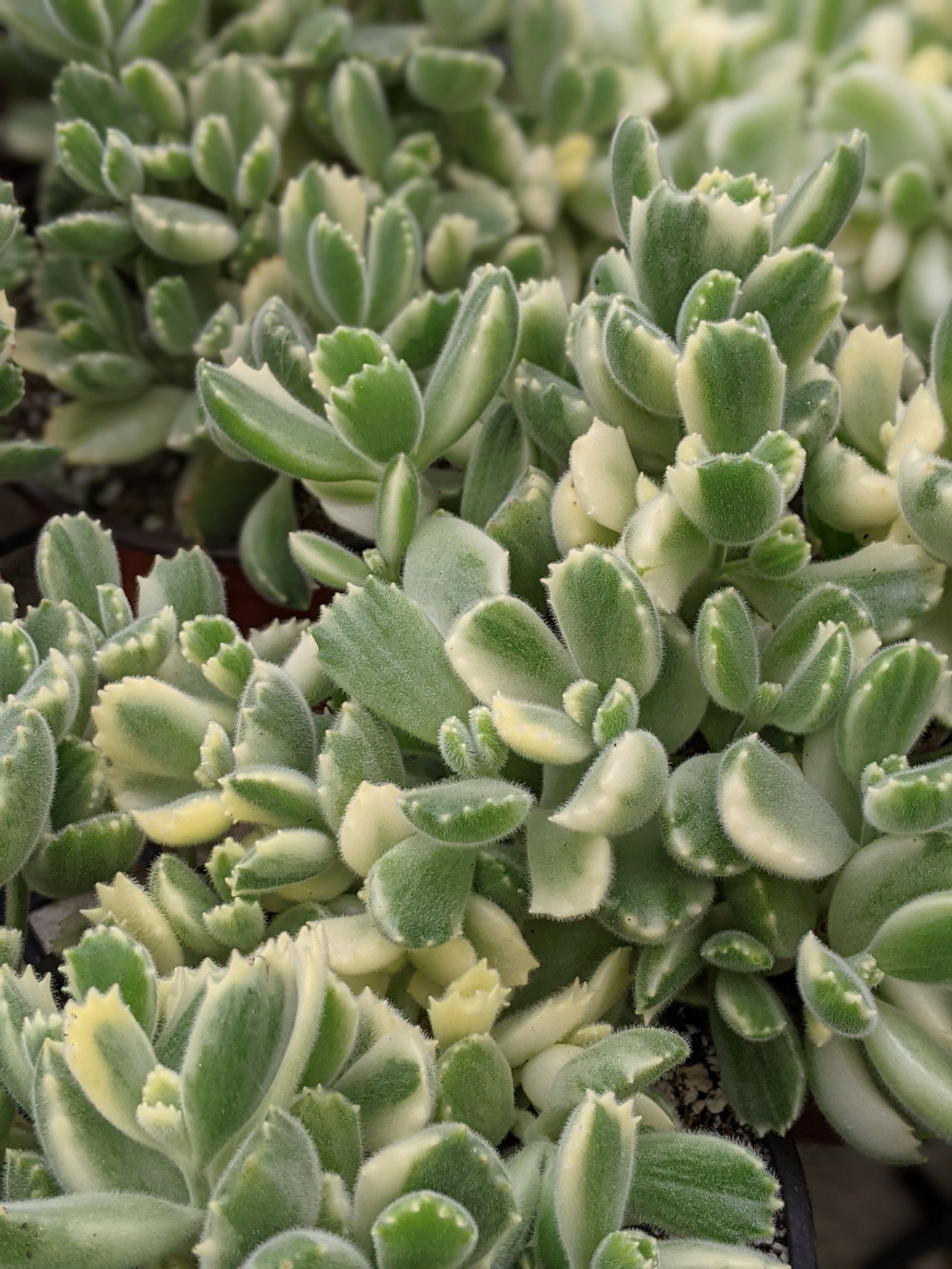

Might have large flat leaves and some Kalanchoe propagate by growing little baby plants on the outer rims of their leaves. Look For: There are many different species of kalanchoe, but one common theme I see among them is that they grow tall and skinny. Kalanchoe flowers are usually divided into 4 sections. The Kalanchoe is characterized by opening their flowers by creating new petals on the inside and forcing them open.

Pachyphytum will grow out on a stalk with rows of leaves, more like sedum. Pachyveria will resemble an Echeveria in growth, but with fat leaves. When they are premature, they almost look like candy. Look For: Puffy fat leaves in a variety of colors. They tend to be water sensitive and leaves can fall of easily. It’s hybrid cousin, Pachyveria, is a mix of Pachyphytum and Echeveria. This succulent is identified by its thick leaves…almost pillow like. Most Common: Cotyledon tomentosa “Bear Paw “Bear Paw” Succulent | SuburbanSill Leaves emerge in pairs opposite each other Succulent shrublets with a woody type stem and fleshy succulent leaves. Echeveria Agavoides By Eria Wei – Own work.Echeveria Elegans By Eria Wei – Own work.Most Common: There are tons of varieties, but your might find Echeveria ‘Lola’, Echeveria ‘Elegans’ or Perle Von Nunburg. Look For: Rosettes with round ends or leaves with a point. Share your echeveria with our succulent identification guide by contact us here! There are tons of species and some are very hard to tell apart. For me, these plants are the hardest to I.D.

Probably to most popular genus, the echeveria has tight rosettes on top of short stalks, often with brightly colored leaves growing out from the center.
BABY BEAR PAW SUCCULENT HOW TO
Most Common: “String of Pearls” and “Burro or Donkey’s Tail”įor a more in depth look at this genus, check out this post and video on how to identify sedum.īy Morningdew51 at English Wikipedia, CC BY-SA 3.0, Look For: large bunches of Spilling plants with hanging stems. You’ll find them as great ground cover, sometimes with blooming flowers containing five petals. It is a flowering plant commonly known as Stonecrops. This genus contains over 470 species ranging from creeping herbs to shrubs. Let’s get started: Crassulaceae Family Genus Sedum:
BABY BEAR PAW SUCCULENT UPDATE
For now, I have researched the species that are most common to gardens and containers, but will update as I discover more interesting species that succulent lovers are crushing over. With the help of Wikipedia, I have compiled a succulent identification guide to assist in learning the characteristics of different succulent types. Even with experience, there are just going to be times when you won’t know what you’ve got (just google Echeveria Pludonis, Starlite or Sagita)

Although I am getting better at succulent identification, there are some succulents and plants, for that matter, that are really hard to distinguish. I really want to know what I am buying otherwise I end up getting something I already have, which has happened. The labels at my local nursery typically read “succulent” with very little information about species. One thing I couldn’t figure out, among other things, is how to tell the difference between an echeveria and a sempervivum. After this past summer I realized that I had a deep interest in succulents, I immediately wanted to learn everything I could about propagation, care and identification.When I see a species that is new to me, I want to research it and read all about it.


 0 kommentar(er)
0 kommentar(er)
